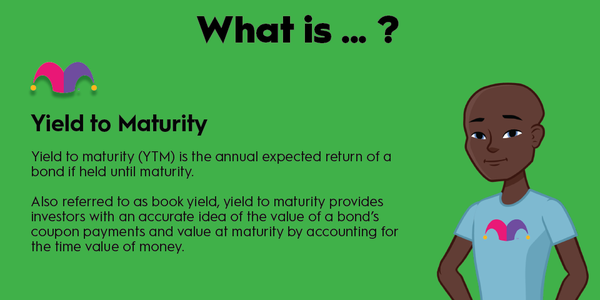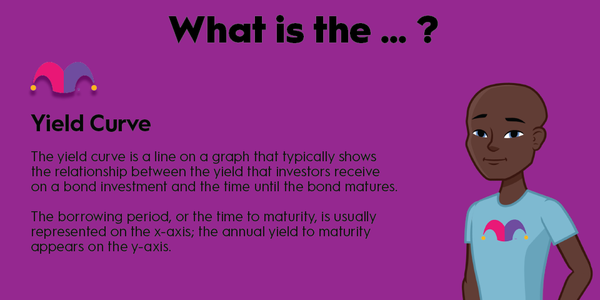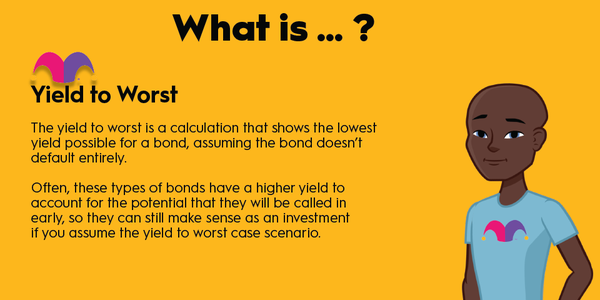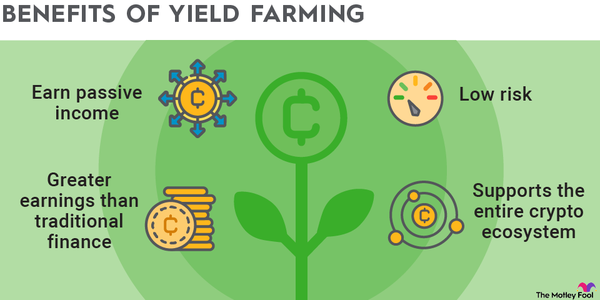Stock performance is meaningless without a time interval. That's why when investors talk about the performance of a stock, they use time frames like one year, three years, five years, or longer.
Often, if they want to measure its performance on a shorter interval, they'll talk about year to date (YTD).
But what does year to date (YTD) mean, and why do investors use it? Keep reading to learn more.

What does year to date mean?
What does year to date mean?
As a measurement, year to date isn't a complicated concept.
It refers to the performance of a financial asset like stock in the current year, starting from the beginning of the year.
Investors use year to date (abbreviated as YTD) to discuss and compare the performance of stocks in a given year.
Why do investors use year to date?
Why do investors use year to date?
There's no natural break in the stock market. It's not a seasonal business, and the stock exchange is open for trading every weekday, with the exception of a few holidays.
Without a clear break in stock market activity, investors need to choose a starting point to measure the returns of a stock, and the first of the year offers a natural starting point since a new year naturally signals new beginnings.
Additionally, the end of the year generally coincides with a lull in trading activity and a relative lack of news. The week between Christmas and New Year's is traditionally a week when Americans, including finance professionals, take a vacation. The new year gives investors the chance to wipe the slate clean.
Because there's little news in the last week of the year, it also makes sense to start the year-to-date clock since there's unlikely to be any news that swings the stock substantially the way there is during, say, earnings season.
Why year to date can be misleading
Why year to date can be misleading
When investors talk about stocks, they can use any time frame they want, ranging from one week or one month to 10 years or even longer, and some time frames will make a stock look better than others.
For example, Alphabet (GOOG 0.5%) (GOOGL 0.51%) is up 39% year to date through June 7, but the stock has only gained 5% over the last year.
No single measurement gives a complete picture of a stock. In this case, the comparison between Alphabet's year-to-date performance and its one-year performance shows that much of the Google parent's gains this year came from recouping its losses from last year.
So looking at year-to-date returns in isolation doesn't give a complete picture of a stock's returns, and it's easy to manipulate by choosing a period that backs up the argument you're making.
Related investing topics
How to use year to date
How to use year to date
Comparing a stock using multiple periods can give you a better sense of its historical performance than just using one, but the year-to-date metric is also useful for comparing one stock or investment with another.
For example, investors often use the year-to-date metric to compare indexes.
Year to date, the S&P 500 is up 11%, while the Nasdaq is up 25%, and the Dow Jones Industrial Average has gained 2%.
That's a big gap, and it tells you that tech stocks have outperformed this year after they lagged behind the other two major indexes.
When the next bull market starts, it's a good bet that you'll hear more references to year-to-date returns for the major indexes.



